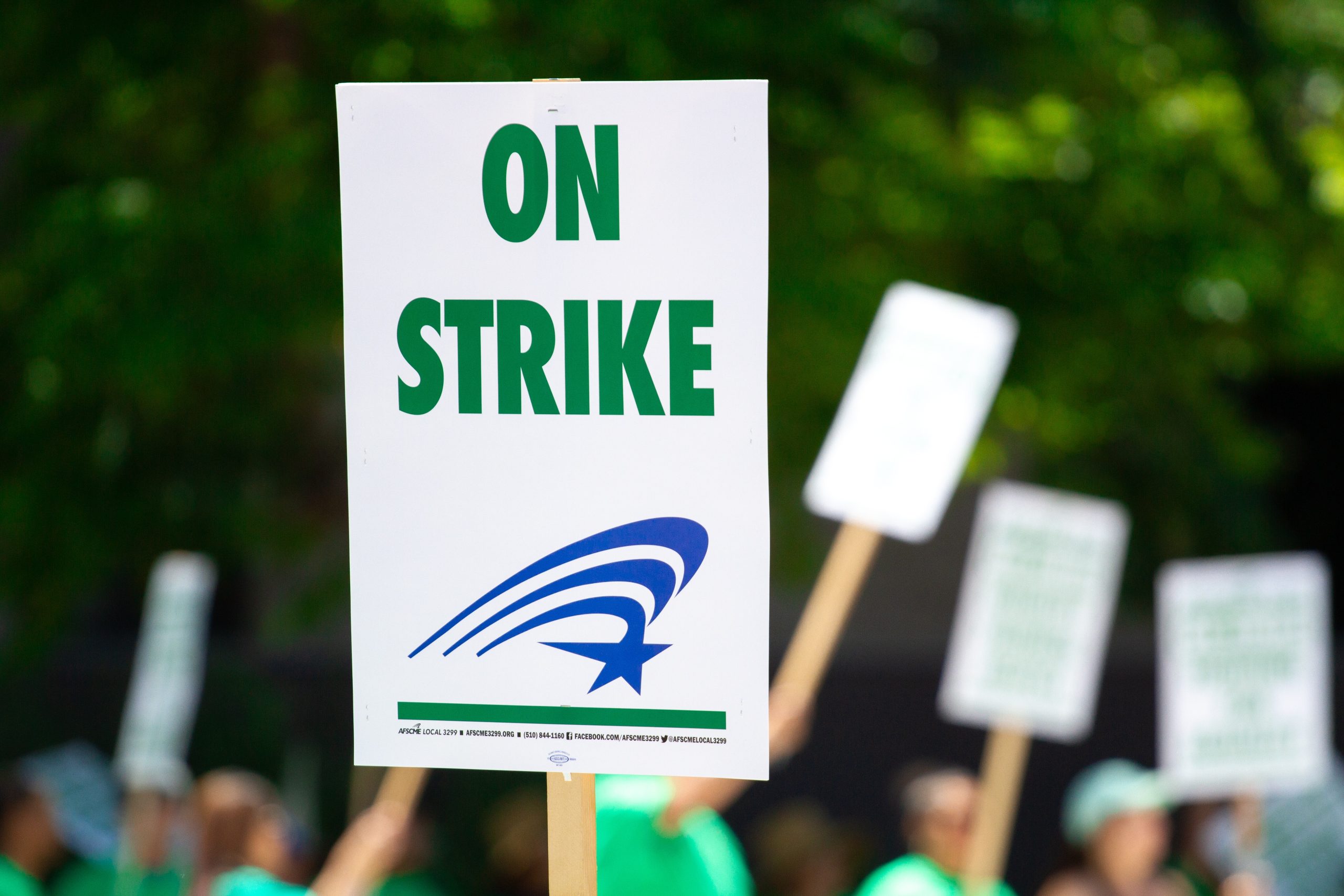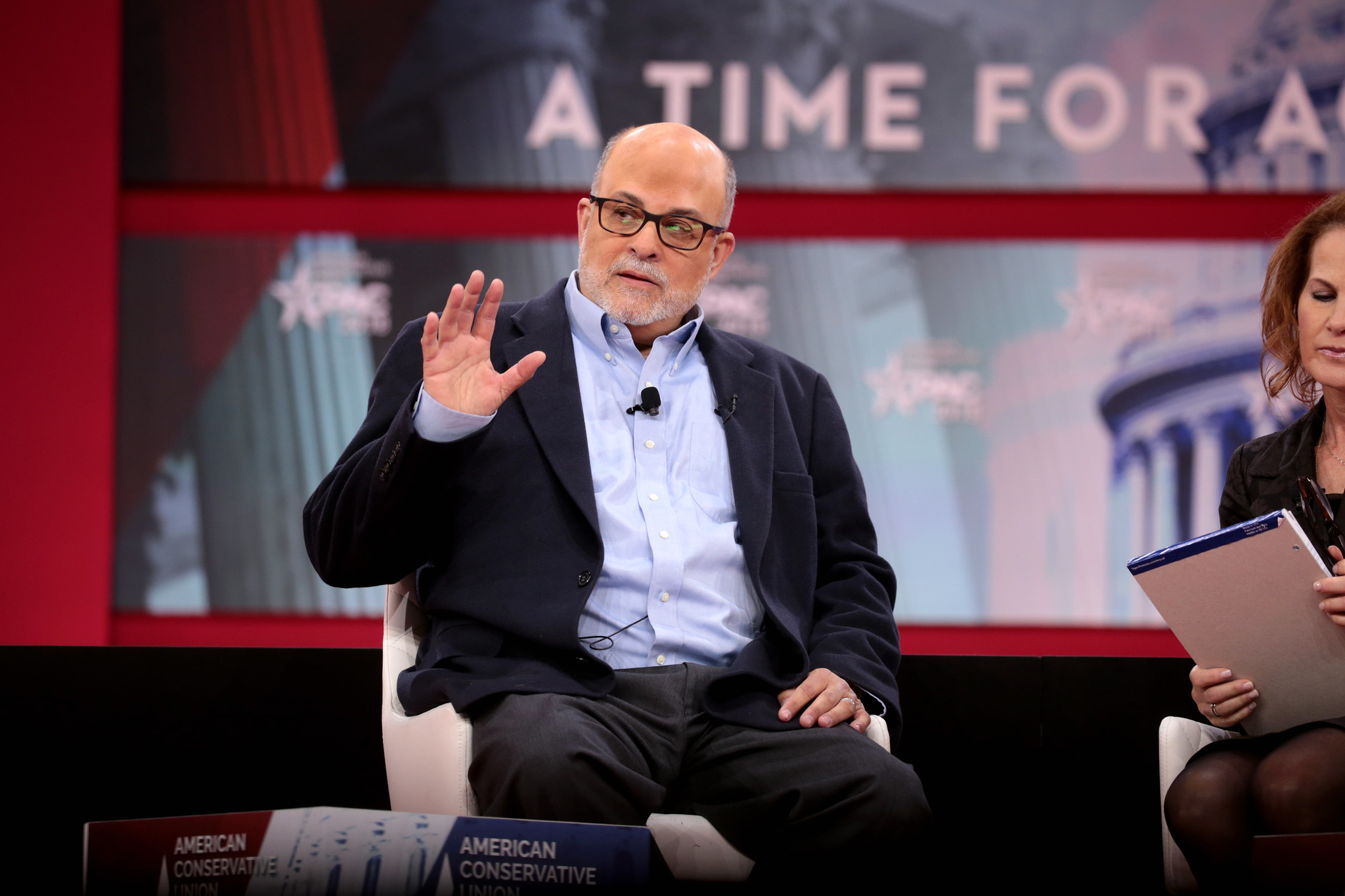From the great resignation to striketober, labor is fighting back
This year, the U.S. has seen millions of workers quit and tens of thousands strike. We want better pay, better working conditions, and a better world.
2021 has seen a revived workplace struggle and activism. Millions of workers quitting their jobs starting this past spring has been referred to as the great resignation. While the country’s largest federation of unions, the AFL-CIO, dubbed last month Striketober.
Workplace organizing and strikes are important for various reasons, not least of which is that it shows where working people have power.
Though we’re told we live in a democracy where voting is our power, our lived experiences all show the shortcomings of such popular ideas. But by having our hands on the levers of production, and choosing to keep profits rolling or not, we see that we have actual power over the political and economic elite.
The teacher strikes of 2018 are a prime example. With Republican legislators controlling many states that saw these strikes, like Arizona, budgets were passed that increased school budgets and allowed for schools to provide raises while hiring nurses and librarians.
It wasn’t voting in our gerrymandered, electoral college, lobbyist dominated, restricted franchise pseudo-democracy that created these popular budget changes. It was striking teachers.
This country, however, has mostly seen a docile labor movement over the past four decades. Our unions have focused on working with management to produce concessionary contracts and funding democrats who have produced neo-liberal, anti-worker policies.
Upsurges in the labor movement do happen though, and they go in conjunction with upsurges in struggle more generally. Kim Moody, a labor historian and founder of Labor Notes, writes “well-known examples include the strike waves before and after World War I, during and after World War II, and the strike wave that lasted from the mid-1960s through the 1970s during the Vietnam War era.”
These waves coincide with women’s movements, civil rights struggles, anti-war movements, and certainly the Black Power movement in regard to the 70’s.
There are very important exceptions to the overall lack of labor militancy in recent years. I already mentioned the teacher strikes of 2018. Also important are the various smaller fights that take place regularly.
But something seems to have changed recently. For starters, the concessions that workers have been making, at least since the great recession of 2008, have simply continued for over a decade.
Insurance prices keep going up, work hours get longer, raises rarely keep up with inflation, and other increased costs all the while productivity goes up and the billionaires get richer. People are tired of this status quo.
Next is the effect of the pandemic. Workers being called essential while not being given Personal Protective Equipment (PPE), working forced overtime to make up for the supply chain difficulties or covering for sick co-workers, and the overall stress and lack of resources over the past two years have pushed people to the edge.
Again, this same time has been accompanied by obscene amounts of wealth collected by the likes of Jeff Bezos and Elon Musk.
And finally, there is the inspiration of other social struggles. For instance, the Black Lives Matter movement is objectively informing and inspiring sectors of labor.
You might remember this past summer, film and streaming production workers for the companies like Netflix were getting ready to strike over unsafe working conditions, long hours, and insufficient pay.
One of these workers and organizers, Spring Super, a member of The International Alliance of Theatrical Stage Employees Local 798: Hair and Makeup Artists Union, told Tempest Magazine in an interview “Black Lives Matter was the spark. It was a catalyst, for sure, and that meant we connected with other locals and crafts that we didn’t have strong connections with before.”
From Black Lives Matter to organizing around gender liberation and immigrant rights, the normalizing of politically engaging with each other to create change informs how we act at work.
It changes what we think is possible. It makes it okay to talk about police brutality in the break room which also makes it okay to talk about the violence of the bad health insurance our employers offer us.
There have been over 194 strikes between January and October this year according to Moody. This includes some very large strikes like the ten thousand John Deere workers who walked off the job and onto the picket lines as well as smaller strikes, like one involving hundreds of carpenters in Western Washington.
We have also seen important union drives like Starbucks workers in Buffalo, New York, and a successful union drive among the faculty at the University of Pittsburgh.
The question is, how can such a struggle continue and grow while simultaneously becoming more explicitly political. For example, teachers striking for a budget that includes school nurses and librarians; how can we build a labor movement that strikes for closing coal plants and oil pipelines? Or for defunding the police and funding the social services we need like healthcare and education?
I don’t know the answer, but I do know that union leadership returning to the strategy of the last forty years won’t help. Carpenters in this state had to organize a grass-root “vote-no” campaign on contracts that union leadership tried to push through three times before the union leadership was finally forced to fight for a better deal.
These kinds of rank-and-file struggles will be an important part of strengthening and politicizing our labor movement. Union drives in our own workplaces, as well as continuing to build our campaigns against the police, closing the Northwest Detention Center, and against gender oppression will all help to build this fighting labor movement.



